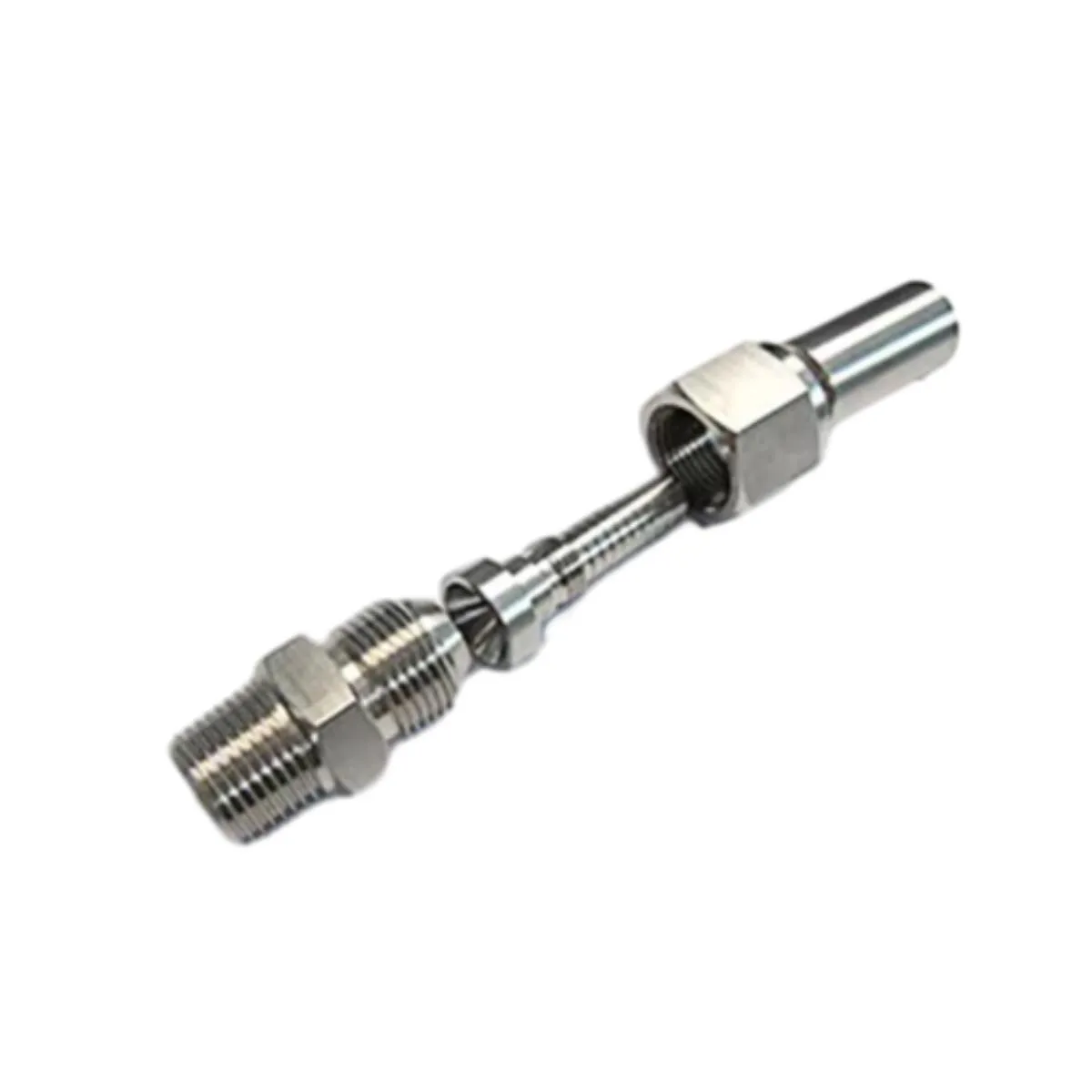10 月 . 22, 2024 05:20 Back to list
metal roofing nails
Understanding Metal Roofing Nails A Key Component for Durable Roofs
Metal roofing has gained immense popularity in recent years, thanks to its durability, energy efficiency, and aesthetic appeal. However, the longevity and performance of a metal roof significantly depend on the materials used during installation, particularly the roofing nails. Understanding the different types of metal roofing nails and their specifications is crucial for ensuring a sturdy and lasting roof.
Metal roofing nails are specifically designed to meet the unique needs of metal roofing systems. Unlike standard roofing nails, they have features that enhance their performance in various weather conditions. Typically made from galvanized steel or stainless steel, these nails resist rust and corrosion, making them an ideal choice for outdoor applications. The use of corrosion-resistant materials is essential, as metal roofs are often exposed to rain, snow, and other elements that can lead to deterioration over time.
There are several types of metal roofing nails, but two of the most common are the ring shank nail and the smooth shank nail. Ring shank nails are characterized by their textured shaft, which creates a stronger hold in the roofing material and prevents slippage. This feature makes them particularly useful in areas prone to high winds or severe weather conditions. On the other hand, smooth shank nails are easier to install and are often used for lighter roofing materials where extreme holding power is not as critical.
metal roofing nails

When selecting metal roofing nails, one must also consider the nail size. The length and diameter of the nails should be suitable for the thickness of the metal panels being used. Generally, nails should penetrate at least 1 inch into the roof deck to ensure a secure fit. Inadequate nail length can compromise the integrity of the installation and lead to premature roof failure.
The spacing of roofing nails is another critical aspect of a successful metal roof installation. Nails should typically be spaced according to the manufacturer’s guidelines, which may range from 6 to 12 inches apart. Proper spacing helps ensure that the panels are securely fastened, contributing to the overall strength and stability of the roof.
Additionally, using the right tooling for installation is vital. Pneumatic nail guns are often utilized for efficiency and precision, but it’s essential to adjust the pressure settings to avoid damaging the metal panels. Manual installation using a hammer is also an option, but can be labor-intensive.
In conclusion, metal roofing nails play a pivotal role in the lifespan and performance of metal roofs. By selecting the right type and size of nail, ensuring proper spacing, and using appropriate installation techniques, homeowners can ensure that their metal roofs remain secure and functional for many years to come. Proper attention to these details not only enhances the roof's durability but also protects the investment in the home.
-
Secure Your Roof with Quality Roofing Nails
NewsNov.04,2024
-
Secure Your Property with Quality Field Fencing
NewsNov.04,2024
-
Enhance Your Space with Quality Mesh Fencing
NewsNov.04,2024
-
Discover the Versatility of Iron Wire for Your Projects
NewsNov.04,2024
-
Discover the Versatility of Common Nails for Your Projects
NewsNov.04,2024
-
Discover Quality Hydraulic Fittings for Your Applications
NewsNov.04,2024









